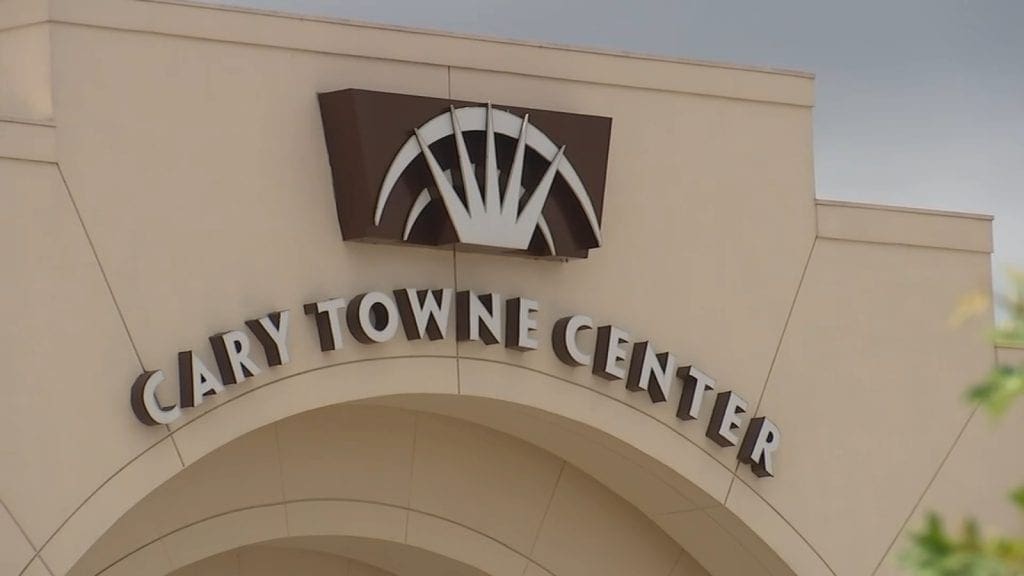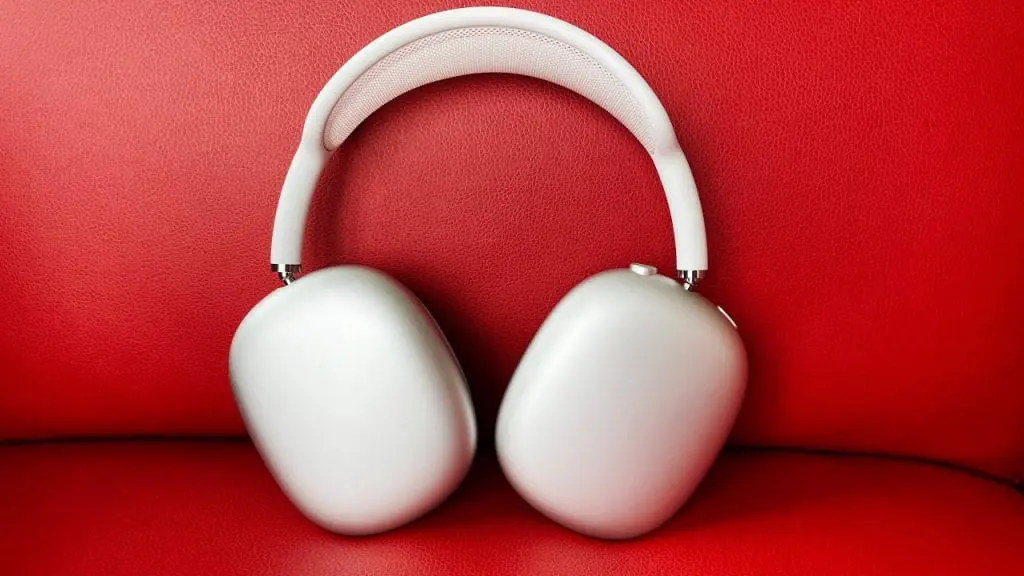CNET refers to a “rare look inside Apple’s secret iPhone 16 camera labs,” which is a bit exaggerated, as these labs are not particularly hidden: we’ve previously had glimpses of them.
Nonetheless, the article offers an intriguing insight into the testing methods employed during the creation of a new iPhone…
Our first glimpse of Apple’s anechoic chamber occurred in 2018, when Apple showcased it to The Loop, followed by another presentation just a few months ago, coinciding with a news release about AirPods.
CNET explored some of the techniques Apple employs to test the microphones responsible for capturing audio in iPhone videos, specifically with the iPhone 16.
A series of roughly two dozen speakers are arranged in an arc, installed from the wire mesh floor to the ceiling of the chamber. They emit a sequence of chimes while engineers monitor the audio captured by the iPhone 16 Pro’s microphones. The phone, mounted on a rotating base, turns slightly clockwise after each playback, continuing this until it completes a full rotation.
The outcome is a comprehensive sound profile for each microphone created using the data gathered in the anechoic chamber. Apple utilizes these profiles as the basis for spatial audio and other features that can mitigate wind noise, while also enabling the iPhone’s recorded audio to emulate different microphone types, such as lavalier or studio mics.
“We aim to enable that [Audio Mix] feature as if you recorded it on a lapel mic,” explained Dave. “We apply machine learning algorithms alongside our tuning chains to develop that distinctive sound you can achieve even with lapel microphones.”
Interestingly, while the results are primarily evaluated by the expert ear of Apple’s acoustics leader, Ruchir Dave, they also conduct tests with regular iPhone users.
Rather than relying solely on one expert to adjust the iPhone’s audio, Apple engages multiple testers to participate in a perceptual audio evaluation. The results are then used to refine what users will hear when playing back audio on their iPhones. I even had the opportunity to be one of these testers during my visit and participated in part of this experience […]
Apple applies comparative testing much like an eye doctor would have you choose between two lenses. Without a reference audio, it becomes more difficult to assess a recording. Feedback from perceptual testing assists in informing how the various components of the iPhone 16 Pro’s audio operates, including Audio Mix.
For its video assessments, Apple has established what it terms a video verification lab—essentially a setup to ensure that the final output remains visually appealing under diverse real-world scenarios.
“We utilize this theater to fine-tune the video playback experience so that whether you watch these videos in a dark room, an office, or even in direct sunlight, you’ll receive a similar perceptual experience as if you were watching in a cinema,” stated Sean Yang, director of video engineering at Apple.
The entire article may not divulge any profound secrets, but it provides a fascinating perspective on the meticulous approach Apple takes in addressing even the smallest details.
Photo: Apple
: . More.




